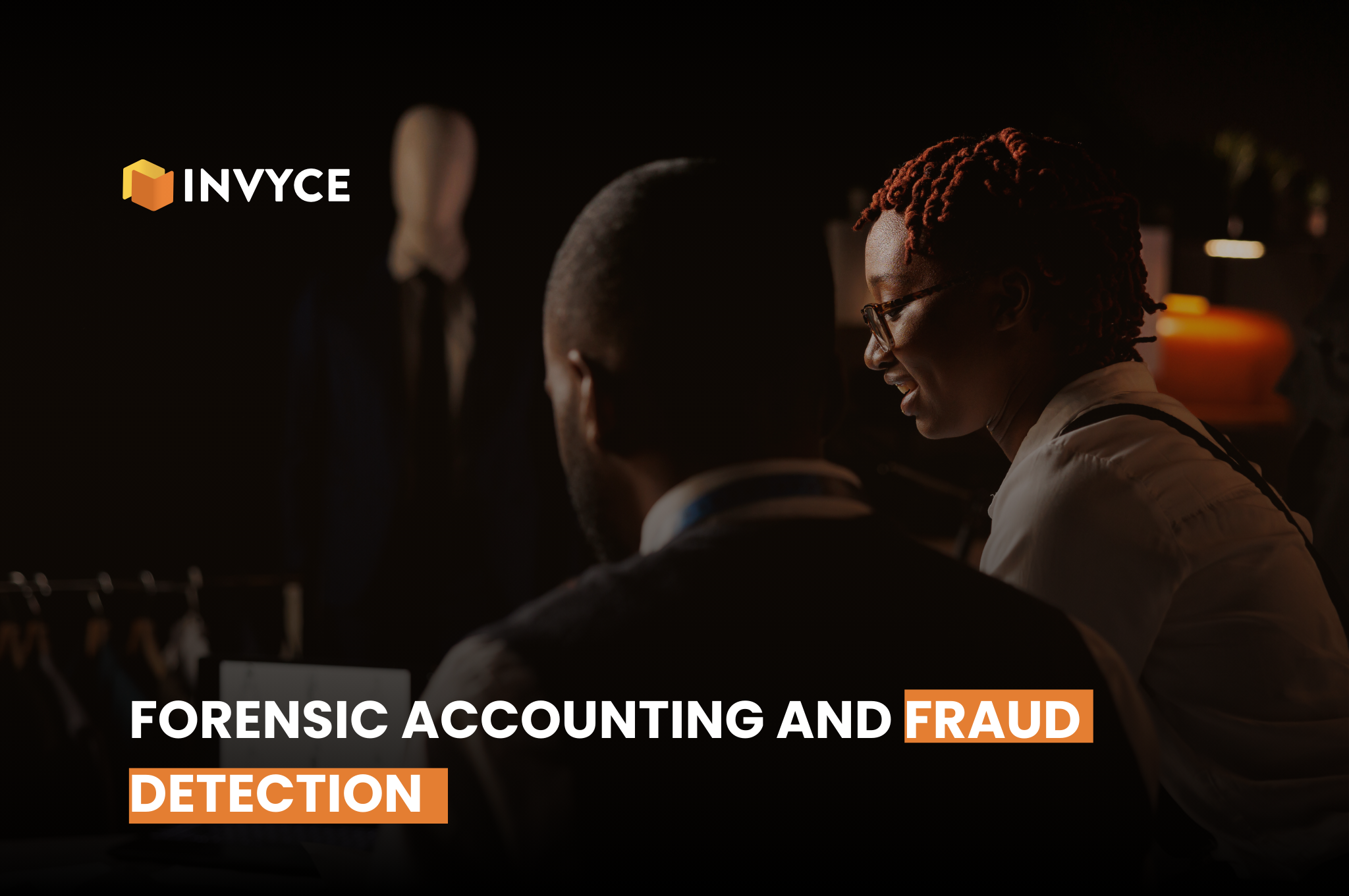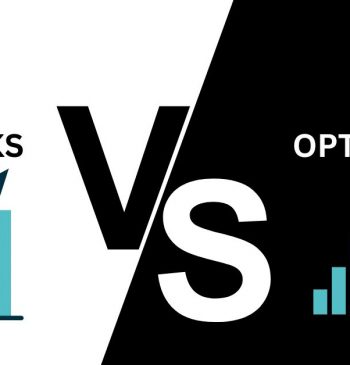18 Oct

The financial world is changing at a rapid pace, so fraud isn’t just more common-it’s more advanced. If you’re managing finances or overseeing audits, you know how critical it is to stay ahead of the game and spot fraud before it spirals out of control. Forensic accounting gives you the tools to uncover hidden patterns and transactions, digging deeper than a typical audit ever could. This isn’t about checking boxes; it’s about tracing the flow of funds and pinpointing irregularities that others might miss.
This guide explore practical steps on how forensic accounting can help detect and prevent fraud, offering you the advanced insights you need to improve your expertise.
Keeping up with finances can be difficult in a startup. Accountants play a significant role in this. They do much more than just track numbers—they help guide your business, making sure money is managed well, and that you’re on solid financial ground. Let’s take a look at how accountants help startups grow and succeed.
Identifying Financial Irregularities with Forensic Accounting
Spotting Hidden Financial Patterns
Forensic accounting goes far beyond the surface of financial records. Instead of just glancing at balance sheets or profit and loss statements, forensic accountants like you are focused on understanding why irregularities happen. You’ll need to examine cash flow, scrutinize transactional records, and spot any discrepancies in the data. These patterns may seem minor at first glance, but they often hide much larger issues like embezzlement or asset misappropriation. It is possible to catch fraud schemes that would otherwise go undetected by paying attention to these subtleties.
Using Data Analytics for Fraud Detection
Advanced data analytics play a crucial role in forensic accounting. By using specialized software, you can sift through massive datasets, analyzing transaction patterns and identifying anomalies. For example, in a procurement department, you may notice a vendor charging unusually high rates or invoicing at inconsistent times. These red flags can indicate kickback schemes or inflated expenses. With tools that help visualize data through graphs or heat maps, you can quickly identify suspicious activities and concentrate your efforts where they matter most.
Transaction Testing to Identify Fraudulent Activity
A deeper dive into specific transactions often reveals fraudulent behavior. Transaction testing allows you to verify whether the data you’re looking at is legitimate. By selecting certain transactions—such as high-value vendor payments or large internal transfers—you can cross-check them against internal policies, benchmarks, or external financial data. Transaction testing enables you to pinpoint fraud within specific accounts, especially in areas prone to misconduct, such as payroll or accounts payable. If you notice any inconsistencies, this is where you focus your investigation and start connecting the dots.
Conducting a Forensic Audit Step by Step
Narrowing Down the Audit Scope
Before starting a forensic audit, it’s crucial to define the audit’s scope. This means deciding where to look for fraud based on the highest-risk areas in your organization. Maybe you’ve noticed unusual patterns in payroll or discrepancies in vendor payments. By narrowing down your scope, you ensure that you aren’t spreading your resources too thin, allowing you to focus on the most pressing concerns. Discussing and agreeing on the scope with stakeholders upfront ensures that everyone is aligned and that you can zero in on potential fraud faster.
Preserving the Evidence Properly
Once you’ve identified potential fraud, preserving the integrity of your data is critical. You’ll need to collect digital records like transaction logs, email communications, and contracts without altering any of them. Securing this evidence early on ensures that it holds up in legal contexts if needed. You should also follow strict data preservation protocols, such as maintaining a chain of custody for all financial records. This not only guarantees the accuracy of your findings but also protects you from legal scrutiny should the investigation go to court.
Reconstructing Financial Activity
After gathering your evidence, the next step is to reconstruct the events leading up to the fraud. This isn’t just about listing transactions-it’s about understanding how the fraud was orchestrated. By retracing the flow of funds, you can reveal hidden accounts, fictitious payments, or other fraudulent activities that weren’t immediately obvious. Reconstructing these financial activities gives you the full picture and helps you identify both the methods and the individuals behind the fraud. This part of the forensic process is key to unraveling complex fraud schemes and protecting your organization from further losses.
.
Using Technology to Promote Forensic Accounting Efficiency
Employing AI and Machine Learning for Fraud Detection
Artificial intelligence (AI) and machine learning are game changers in forensic accounting. These technologies can analyze vast amounts of financial data at speeds humans can’t match, making it easier for you to detect unusual patterns that signal fraud. For example, machine learning algorithms can track payment trends over time, learning what’s normal for your organization and flagging any deviations that don’t fit the usual pattern. As these systems learn from previous fraud cases, they become even more accurate in identifying new, evolving schemes.
Leveraging Blockchain for Transparent Audits
Blockchain technology is increasingly useful in forensic accounting because it creates an immutable ledger for all financial transactions. This means every transaction is recorded in a way that can’t be altered or tampered with. If you’re dealing with large-scale financial operations, blockchain ensures that every transaction can be tracked, providing transparency that makes fraud detection much easier. This technology also simplifies audits, giving you a clear, unbroken trail of financial activity that fraudsters can’t manipulate without leaving behind clear evidence.
Data Mining for Comprehensive Investigations
Data mining allows you to pull actionable insights from large volumes of financial data. By analyzing datasets, you can spot relationships between seemingly unrelated transactions. For instance, you might discover that an employee and a vendor share a common address, indicating a potential conflict of interest or collusion. Data mining also helps streamline the investigative process, focusing on the highest-risk transactions and reducing the amount of time spent manually sifting through data. It’s a powerful tool for uncovering hidden connections and detecting fraud schemes early.
Strengthening Internal Controls to Prevent Fraud
Implementing Stronger Segregation of Duties
One of the most effective ways to prevent fraud is to strengthen your organization’s internal controls. By separating responsibilities—such as authorizing payments, processing transactions, and reconciling accounts—you make it harder for a single individual to commit fraud. Regularly reviewing these controls ensures that no one person has too much control over financial processes, reducing opportunities for misconduct. Segregation of duties is a foundational control, and maintaining its effectiveness is key to preventing internal fraud.
Performing Regular Fraud Risk Assessments
Fraud risk assessments help you stay ahead of potential fraud threats. Regularly assessing your organization’s risk exposure allows you to identify vulnerable areas and address them proactively. During these assessments, it’s important to evaluate both internal processes and external factors, such as changes in regulatory environments or economic conditions, that could increase fraud risk. Continuous risk assessment helps keep your fraud prevention strategies up to date and effective in an evolving financial landscape.
Encouraging Whistleblowers
Whistleblower programs provide employees with a safe and confidential way to report suspicious activity. Since employees often witness fraudulent behavior firsthand, encouraging them to speak up can significantly enhance your fraud detection efforts. By ensuring that employees are aware of the whistleblower mechanism and protecting those who use it, you create a culture where fraud is less likely to occur. Prompt action on whistleblower reports also strengthens trust and ensures that potential fraud is investigated before it escalates.
Conclusion
Forensic accounting is your go-to approach for uncovering fraud that traditional audits might miss. By combining deep financial analysis, advanced technology, and robust internal controls, you can not only detect fraud but prevent it from occurring in the first place. The steps outlined here—from transaction testing and AI to internal audits and whistleblower programs—give you the tools needed to protect your organization’s financial health.
Marjina Muskaan has over 5+ years of experience writing about finance, accounting, and enterprise topics. She was previously a senior writer at Invyce.com, where she created engaging and informative content that made complex financial concepts easy to understand.
Related Post
Copyright © 2024 – Powered by uConnect



Marjina Muskaan